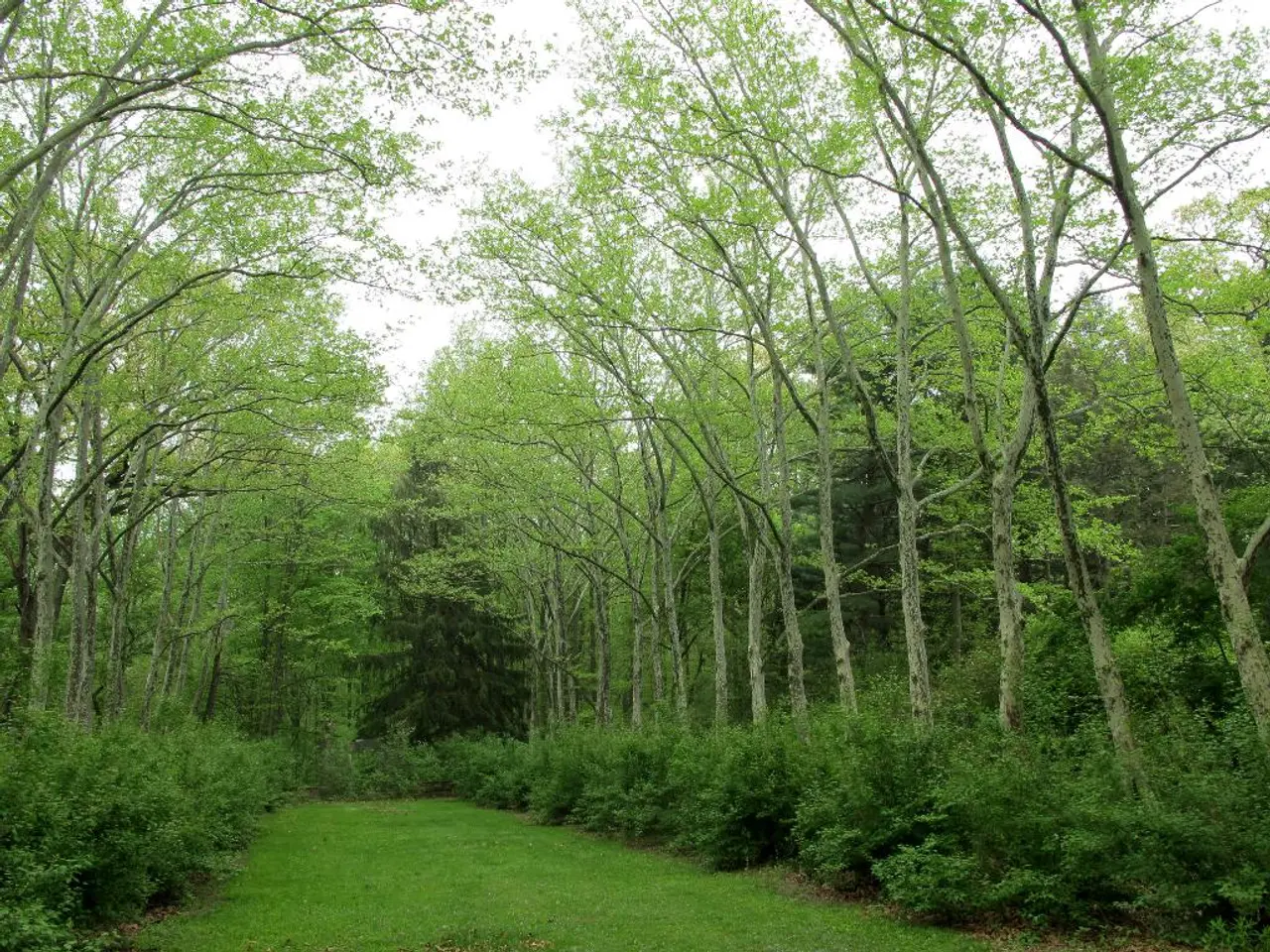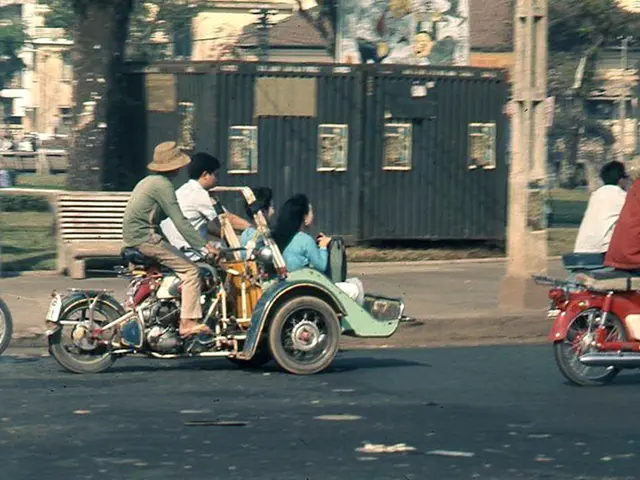Essential Guide to Planting Soil: Crucial Facts You Should Understand
When it comes to growing plants in pots or containers, choosing the right soil is crucial for their health and growth. Unlike general topsoil, which is ideal for outdoor gardens, potted plants require a specific type of growing medium to thrive.
The Importance of Potting Mixes
Potting mixes, also known as soilless mixes, are the recommended choice for potted plants. These mixes are composed of materials like vermiculite, perlite, pine bark, coco coir (coconut fiber), and peat moss. These ingredients create a fluffy, aerated texture that allows roots easy penetration, access to oxygen, and good moisture retention without becoming waterlogged.
Unlike regular topsoil, potting mixes typically contain no actual garden soil or topsoil. This is because garden soil can compact and reduce air and water movement in containers. Potting mixes are lightweight and promote healthier root growth, which is essential in confined spaces like pots.
The Benefits of Coco Coir
Coco coir, a by-product of coconut processing, is especially valuable for container gardening. It retains water well (absorbing 8–10 times its weight), improves aeration, and is pH neutral and nutrient-friendly, making it excellent for sustained plant growth in containers.
Organic Nutrients
For organic nutrients, potting soil can be amended with composted materials such as composted sawdust, chipped bark, or added compost. This provides necessary nutrients and improves the soil structure.
Maintaining Your Potting Mix
When reusing potting mixes, it is recommended to refresh the medium by mixing in fresh potting mix or compost and adding starter fertilizer to replenish nutrients. This ensures that your potted plants continue to receive the necessary nutrients for healthy growth.
Choosing the Right Grade of Topsoil
If you are gardening outdoors, topsoil is a suitable choice. Topsoil is available in three grades: premium, general-purpose, and economy. Premium-grade topsoil is high in fertility and has a good structure, while general-purpose-grade topsoil is suitable for making new beds or borders, or as a base for sowing new lawns. Economy-grade topsoil is the least expensive and lowest quality, often used to fill large areas where volume, rather than quality, is required.
When purchasing topsoil, it is important to inspect it for any contaminants such as glass, brick, thick fibrous roots, or weeds.
In conclusion, for growing plants in containers, choose high-quality, sterile, lightweight potting mixes specifically formulated for containers that combine inert materials like vermiculite, perlite, or coco coir with organic matter such as compost to ensure proper drainage, aeration, and nutrition. Avoid using heavy garden topsoil alone because it compacts and restricts root health in containers.
[1] The Spruce, "Potting Soil vs. Topsoil: What's the Difference?", https://www.thespruce.com/potting-soil-vs-topsoil-2132636
[2] Gardener's Path, "Potting Soil vs. Topsoil: What's the Difference?", https://gardenerspath.com/potting-soil-vs-topsoil-whats-the-difference/
[3] HGTV, "How to Choose the Best Potting Soil", https://www.hgtv.com/outdoors/gardens/how-to-choose-the-best-potting-soil
[4] The Balance, "What's the Difference Between Potting Soil and Topsoil?", https://homeguides.sfgate.com/whats-difference-between-potting-soil-topsoil-23538.html
[5] The Spruce, "What Is Coco Coir?", https://www.thespruce.com/what-is-coco-coir-2133345
The right choice for potted plants should be the potting mix, a lightweight mixture that boasts a fluffy texture, promotes healthy root growth, and ensures proper drainage and aeration. Coco coir, a by-product of coconut processing, is particularly beneficial for container gardening, as it retains water well, improves aeration, and maintains a pH neutral and nutrient-friendly environment.





